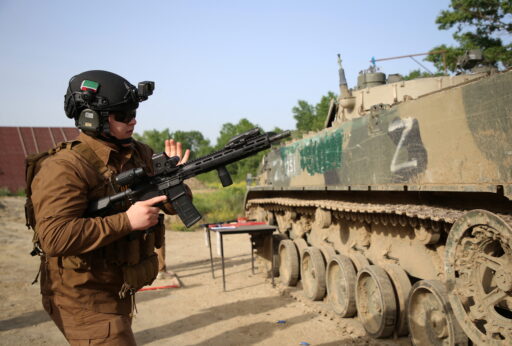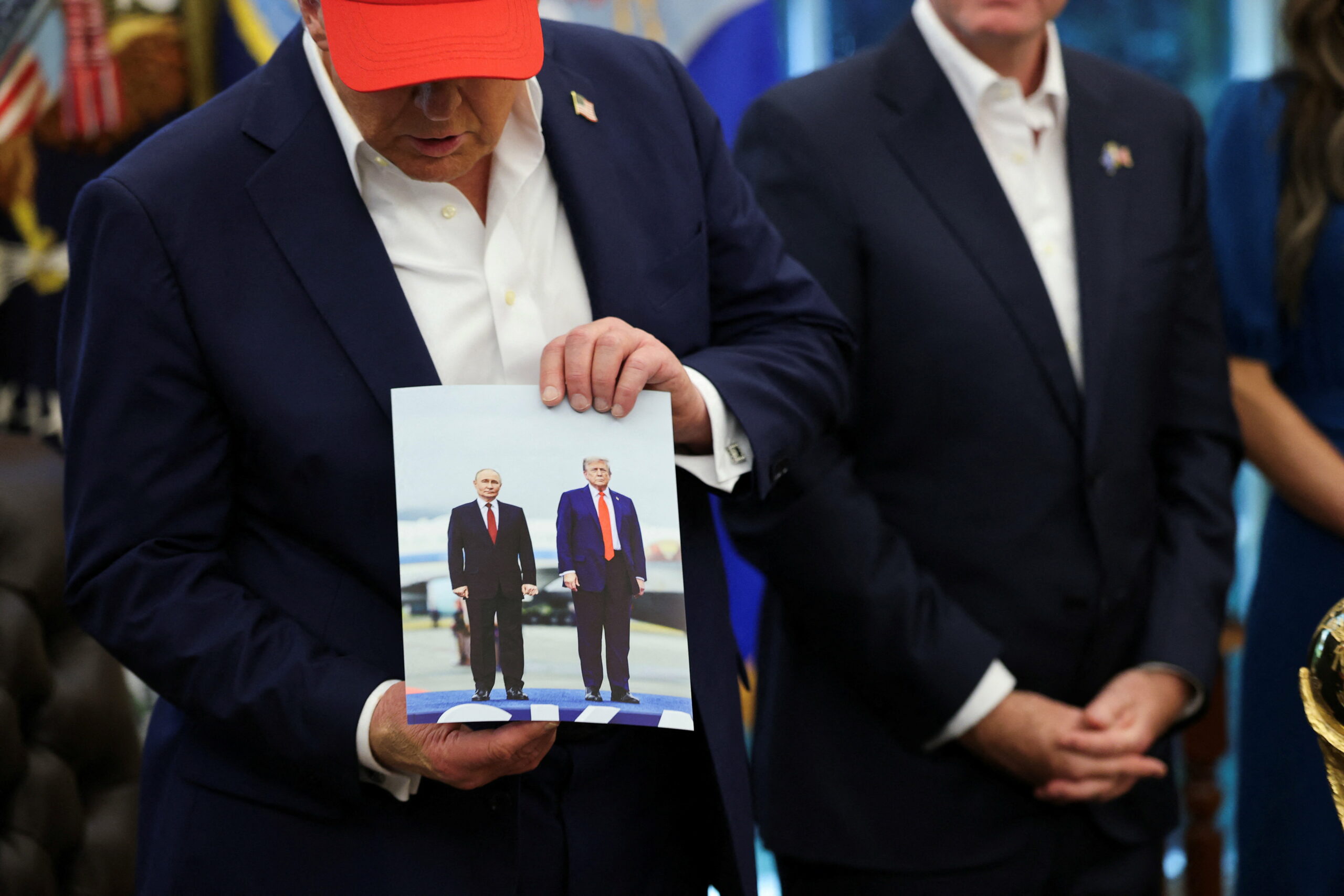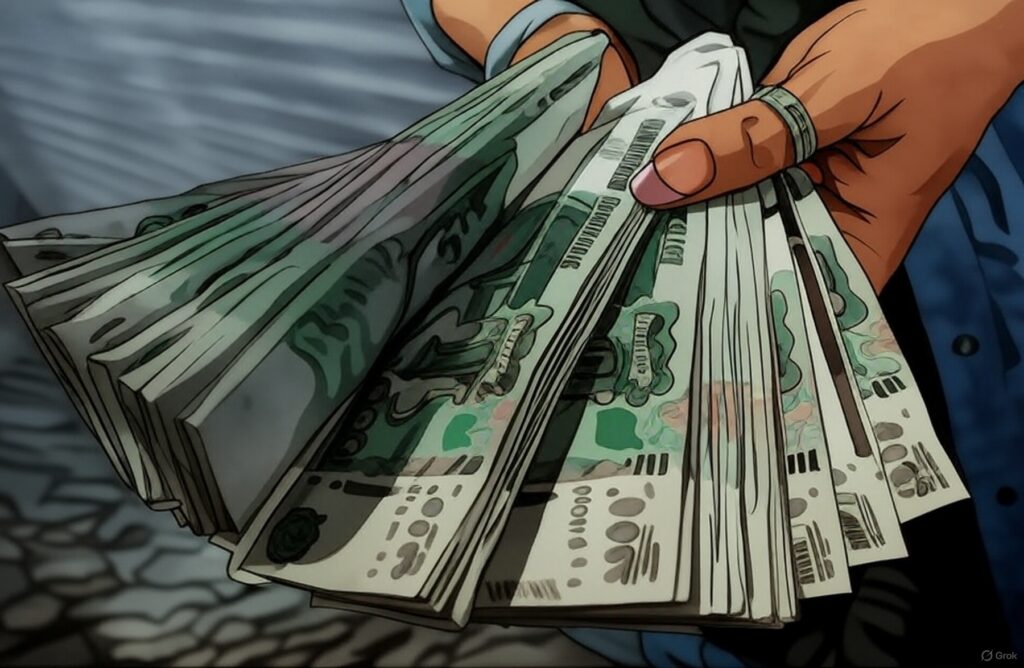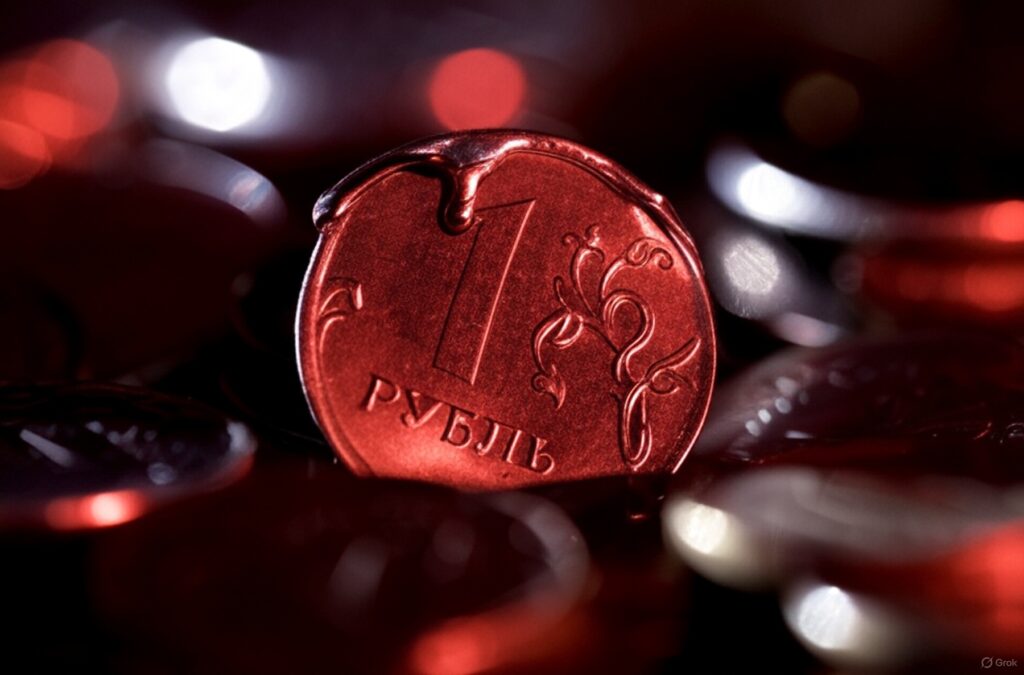The latest uproar over a proposed U.S.-Russia peace plan that Washington tried to impose on Kyiv has angered many who see it as another American scheme to force Ukraine into surrender. President Zelenskyy has walked a careful line, keeping communication open with the Trump administration about a possible future deal—especially as he faces a major corruption scandal and the looming loss of Pokrovsk. The precise details of the proposal matter less than the timing of the leaks and the public unveiling of its broad outlines.
Any viable peace theory hinges on the point of exhaustion for both Russian and Ukrainian states and societies. If the current uproar eventually gives way to quieter, ongoing discussions—and another window of opportunity emerges (Ukrainian military intelligence chief Kyrylo Budanov, who is party to talks with Washington, has suggested mid-February could offer such a chance)—economic pressure inside Russia is rapidly becoming a decisive factor.
According to the Russian ratings agency AKRA, the combined earnings of Russia’s top 50 companies are on track for a sharper decline in 2025 than in previous post-invasion years. In the first half of 2025, earnings were heading for an 11% year-on-year drop unless an unexpected profit surge occurred after the summer. Profit margins continue to erode, sliding from 10% in 2023 to 8.4% in the first half of this year.
The investment picture is even bleaker. The TsMAKP index of investment goods—everything needed to build or expand factories, offices, or other business capacity—has fallen back to roughly 2019 levels and now sits at depths not seen since the initial 2022 sanctions shock. Wartime spending temporarily inflated GDP by driving investment, but rising costs have outpaced revenues, inflation remains stubborn, and interest rates are punishingly high. What began as a business slowdown is turning into a freefall.
Much has rightly been made of Russia’s war economy successfully scaling drone production and undercutting Ukraine’s earlier innovative edge. Yet the broader industrial economy is, in the words of Russian specialists, now stuck between stagnation and outright decline. The collapse in demand for investment goods foreshadows a much larger fall.
Take the Kuzbass coal region as an example: coal companies collectively lost 252 billion rubles from January to September. Only about a third of miners are still profitable. Mechel’s output is at a decade-low, and the drop in Russian supply is starting to register on global coal market margins. Metallurgical companies are struggling despite wartime demand, and they now face the prospect of China imposing carbon quotas on aluminum, steel, and cement—quotas that will align Chinese production more closely with European environmental standards and structurally disadvantage Russian exporters (except for Rusal and a few hydropower-based projects).
Wartime production is theoretically insulated because the state budget and state banks continue pumping money into armaments and military logistics. Yet even the gains achieved under Defense Minister Andrei Belousov’s industrial oversight remain vulnerable to the coming crash in civilian demand and output. The Labor Ministry is drafting legal changes to expand the list of jobs teenagers under 18 may perform—likely pushing more young people into physically demanding or hazardous work while retaining some safety limits. This may enlarge the labor pool for defense plants, but it further drains workers from the civilian economy, driving up wages and costs that eventually hit defense contractors too. Overall prices continue to rise (albeit more slowly of late), forcing defense enterprises to demand larger budgets for inputs and to keep raising wages to cope with chronic labor shortages.
This parasitic feedback loop was sustainable as long as aggregate investment remained high, creating an illusion of growth even while inflation relentlessly eroded consumers’ purchasing power. Now that investment is collapsing with no relief in sight, the war economy faces the worst of both worlds.
Only ten Russian regions are currently building more than one square meter of housing per capita annually. Cement producers are struggling with shrinking demand and rising costs that make them less competitive against imports. A housing-construction collapse doesn’t hurt immediately, but it eventually drives up rents—rents that young blue-collar workers will have to contend with unless they still live with family.
With discounts on Russian oil exports widening sharply, the ripple effects are spreading. Demand for steel tubing fell 13% in the first nine months of the year. Consumer electronics demand (even measured in nominal rubles, before inflation) is down 10−15% this year. What is emerging is an economy in which employment and production outside the military sphere are eroding while imports grow more competitive, putting further pressure on the trade surplus that has kept the ruble relatively stable. The Central Bank cannot lower interest rates without triggering another import surge that would hammer domestic employment further.
Witkoff’s plan, developed with Russian counterparts, effectively closed a door by demanding too much too soon—even if Zelenskyy must continue treading cautiously in public regarding its contents. That the proposal leaked at all is revealing from Moscow’s perspective. The battlefield gains and immense human losses the regime has accepted for marginal territorial advances were sustained in an environment where economic imbalances remained manageable. That is no longer obviously true.
Economics often assumes a tendency toward equilibrium, but reality is messier. It is more useful to think of Russia’s current situation as a sustained disequilibrium—like a river that stays within its banks only because an underlying gradient keeps the water moving. For years the torrent of money directed at the war stayed within semi-manageable bounds, even as the state lost the ability to conduct coherent macroeconomic policy. Now, with investment collapsing and no reprieve in sight, that river is at risk of bursting its banks. The generous funds lavished on weapons producers are becoming a growing liability for the rest of the economy as civilian activity stalls en masse.
Witkoff may have inadvertently closed one door through his customary clumsiness, but a window for meaningful diplomacy is opening. Whether Putin is willing—or able—to walk through it remains an entirely different question.










